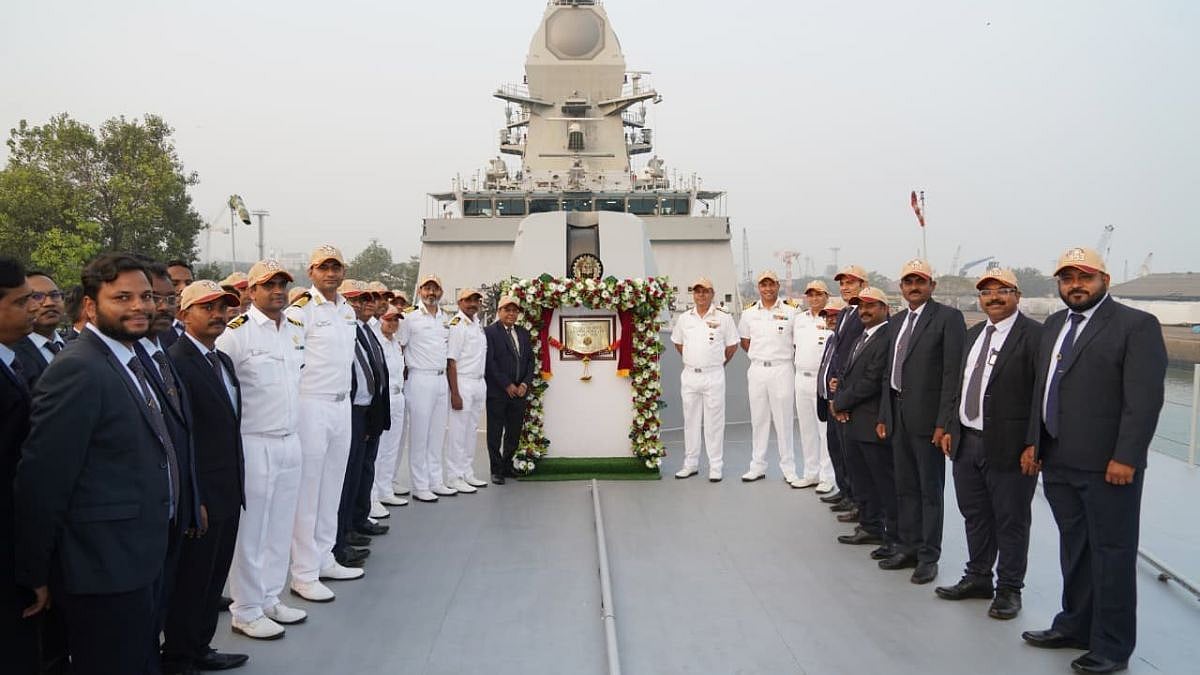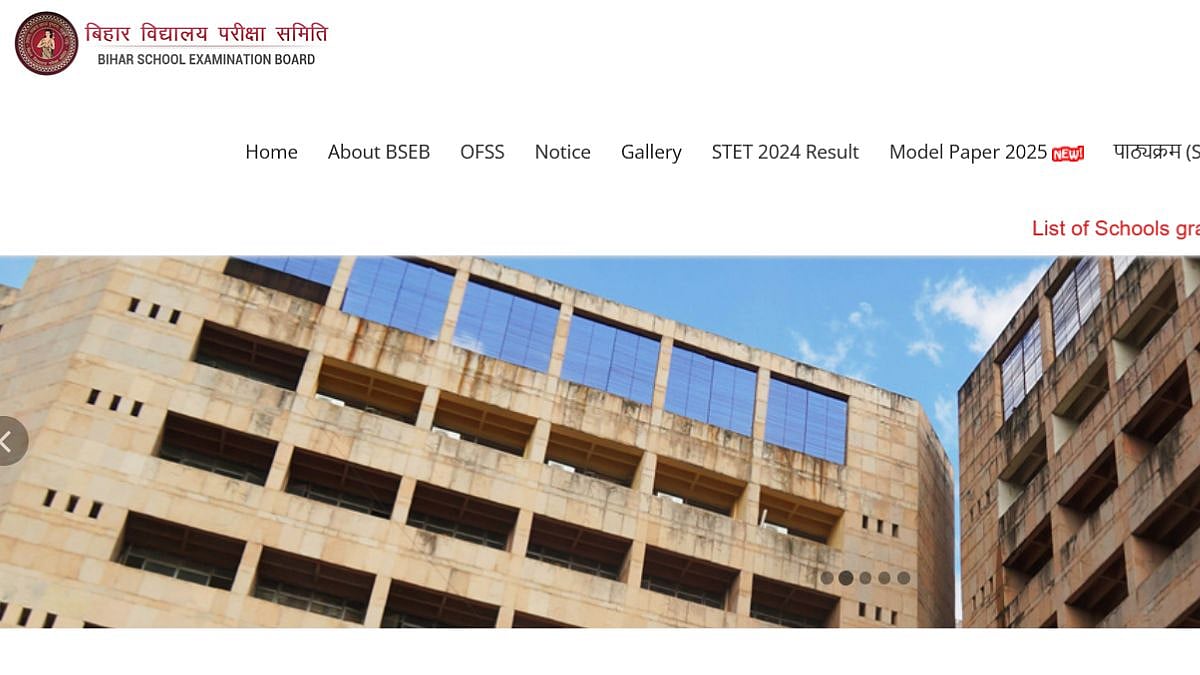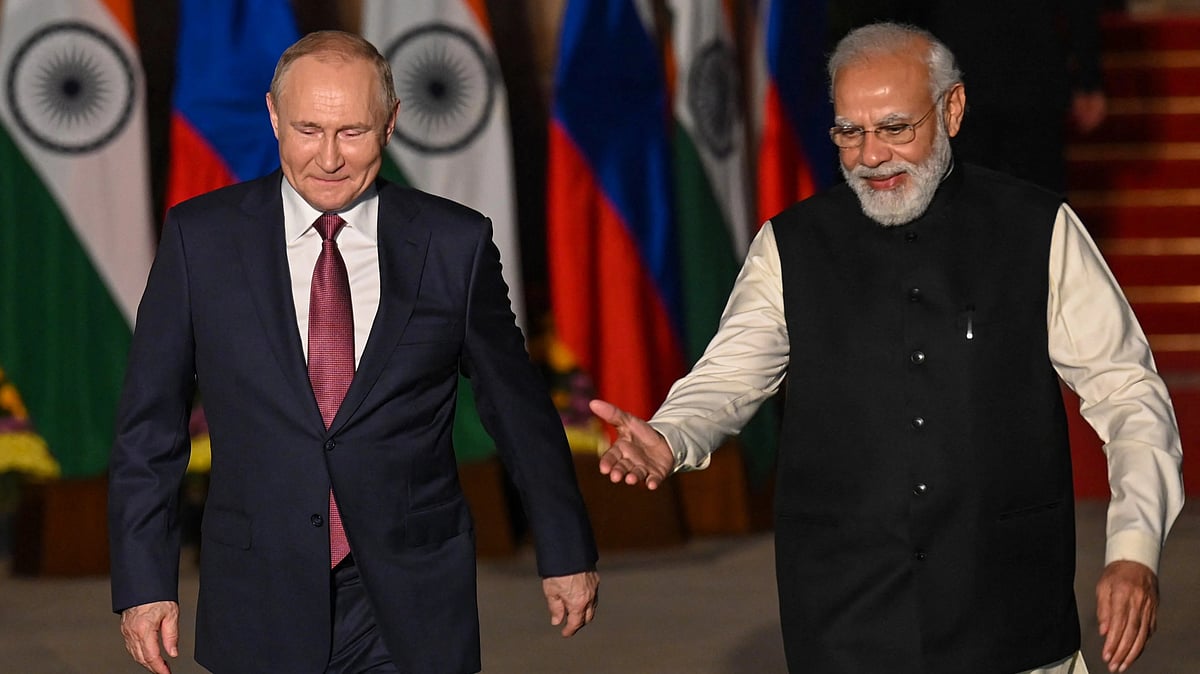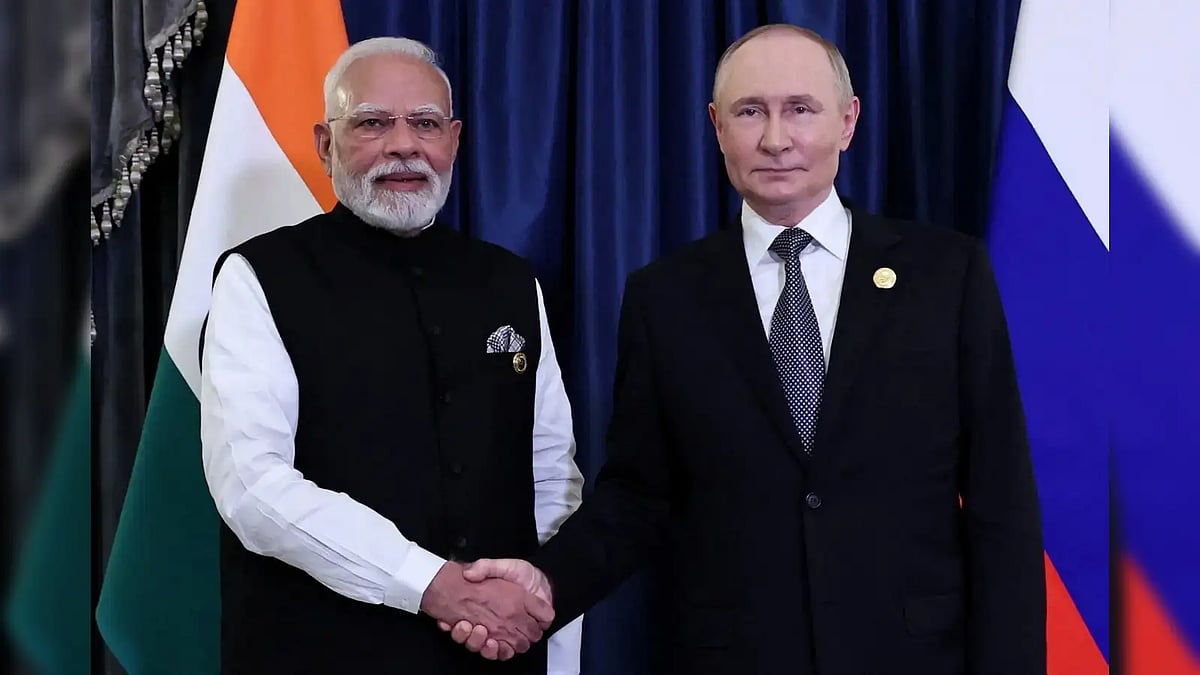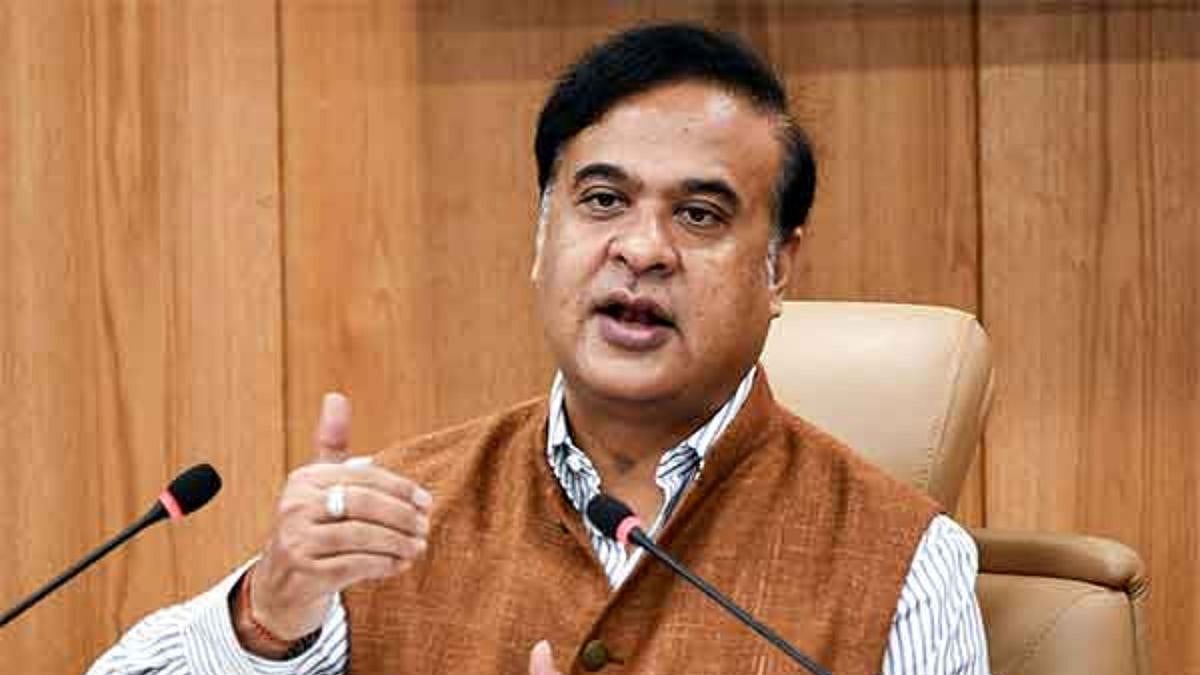The intellectual situation in India is getting to be more and more ridiculous. Think of the furore raised over the Vaidik-Saeed interview. Now it is over a simple suggestion made by the Union Ministry of Human Rights Development to all States asking them to celebrate a Sanskrit Week from August 7 to 13. One would have thought that the resentment raised in, among other states, Odisha and Tamil Nadu over the alleged imposition of Hindi over our multi-lingual society, conveyed a lesson. Obviously, the Central Government is deaf. With predictable disdain, Tamil Nadu’s Chief Minister J Jayalalithaa has reacted strongly to the HRD Ministry’s request with an alternate suggestion.
As she put it: “Any official celebration of ‘Sanskrit Week’ in Tamil Nadu is highly inappropriate.
It would have been more appropriate to have a
Classical Language Week in each State based on the linguistic heritage of that State.” As she explained: “This would be in keeping with the cultural and linguistic sensibilities in a diverse country like ours.” Her argument was that Tamil Nadu has a rich cultural heritage based on the ancient Tamil language and with the state presently undergoing strong social justice and language movement, it would be inviting trouble to observe a Sanskrit Week.
In other words, Tamil Nadu would not be wishing to celebrate a Sanskrit Week. Period. Doing so, one suspects, is like resuscitating an Aryan/Dravidian conflict, however inept it may sound. One has to be sensitive to Tamil feelings.
As it is, Tamil Nadu is involved in another cultural fight over male apparel, and the right of a Tamilian to wear a ‘veshti’ as and when it pleases him. As for Tamil as a language, there cannot be two opinions about its status as a classic language. Its literature has a long history, which is seldom appreciated in the North. That history spans more than 2,000 years.
According to linguistic experts, the oldest works in Tamil show signs of maturity indicating an even longer period of evolution. The early Sangam literature, starting from the period of the 2nd century BC contain anthologies of various poets dealing with many aspects of life, including love, war, social values and religion. This, as is well-known, was followed by the early epics and moral literature lasting up to the 5th century. It is during this era that some of the grandest of Tamil literary classics like Kamba Ramayanam and Periya Puranum were authored and many poets were patronised by the Imperial Chola and Pandya empires.
According to Wikipedia, “by having the most ancient non-Sanskritised Indian literature, Tamil literature is unique and thus has become the subject of study by scholars who wish to delineate the non-Aryan and Pre-Aryan strands in Indian culture.”
Tolkappiyam, a commentary on grammar, phonetics and poetics is dated from this period. The claim is made that a significant amount of literature could have preceded Tolkappiyam, as grammar books are usually written after the existence of literature over long periods.
Actually the claim is made that the earliest Sangam poetry could be twelve millennia old and Tolkappiyam only demonstrates the organised manner in which the Tamil language has evolved. It is, to recount experts again, not merely a text book on Tamil grammar giving the inflection and syntax of words and sentences, but also includes classification of habitats, animals, plants and human beings. Following the resurgence of Hinduism, several names come into prominence on the literary scene such as Kambam, Manikkavasagam, Periyalvar and his adopted daughter Andal.
One of the best known Tamil works of this period is the Ramavatharam by Kambam, considered the greatest epic in Tamil literature, which is described as not a mere translation of the Sanskrit epic but a narration of the colour and landscape of his own time. And when one mentions this work, one cannot forget some of the best known Tamil epics, like Jivaka Chintamani, Silappadikaram, Manimekalai, Kundalakesi and Valayapathi. Nammazhvar, who lived in the ninth century, wrote Tiruvaimozhi.
The point in stating all this is to show that Tamil has a long history easily comparable to Sanskrit, but there the issue stops. Comparisons are odious and each language has its own status. Sanskrit reverberates throughout the length and breadth of India and languages like Hindi, Marathi, Gujarati and Bengali owe much to it. If the Central Board of Secondary Education hopes that by celebrating Sanskrit Week, it will ‘revitalise’ the use of simple Sanskrit among the youth,” it is not committing any grievous error.
It is said that three centuries after, the Sangam age witnessed an increase in the mutual interaction of Sanskrit and Tamil. That was but inevitable.
English, for instance, has accepted several words from Indian languages and no one objects to it. There is no such thing as a ‘pure’ language. But, as in the case of Hindi, the Union Government would be wise not to enforce Tamil Nadu to observe Sanskrit Week. Each state could be given an option. One can be sure that there are many Tamil scholars who are proud of their Sanskrit heritage, but one does not have to use that to introduce a schism in Tamil society.
Let Jayalalithaa order the observance of a Tamil Week in Tamil Nadu. Would she attempt to eliminate or erase non-Tamil words that have inevitably crept into Tamil as indeed they have in other languages? Well, she might try. One can only wish her good luck. Sanskrit can do without Jayalalithaa’s patronage. It has thrived all these centuries, even under the British and it will remain to sustain us for centuries to come.
M V Kamath


